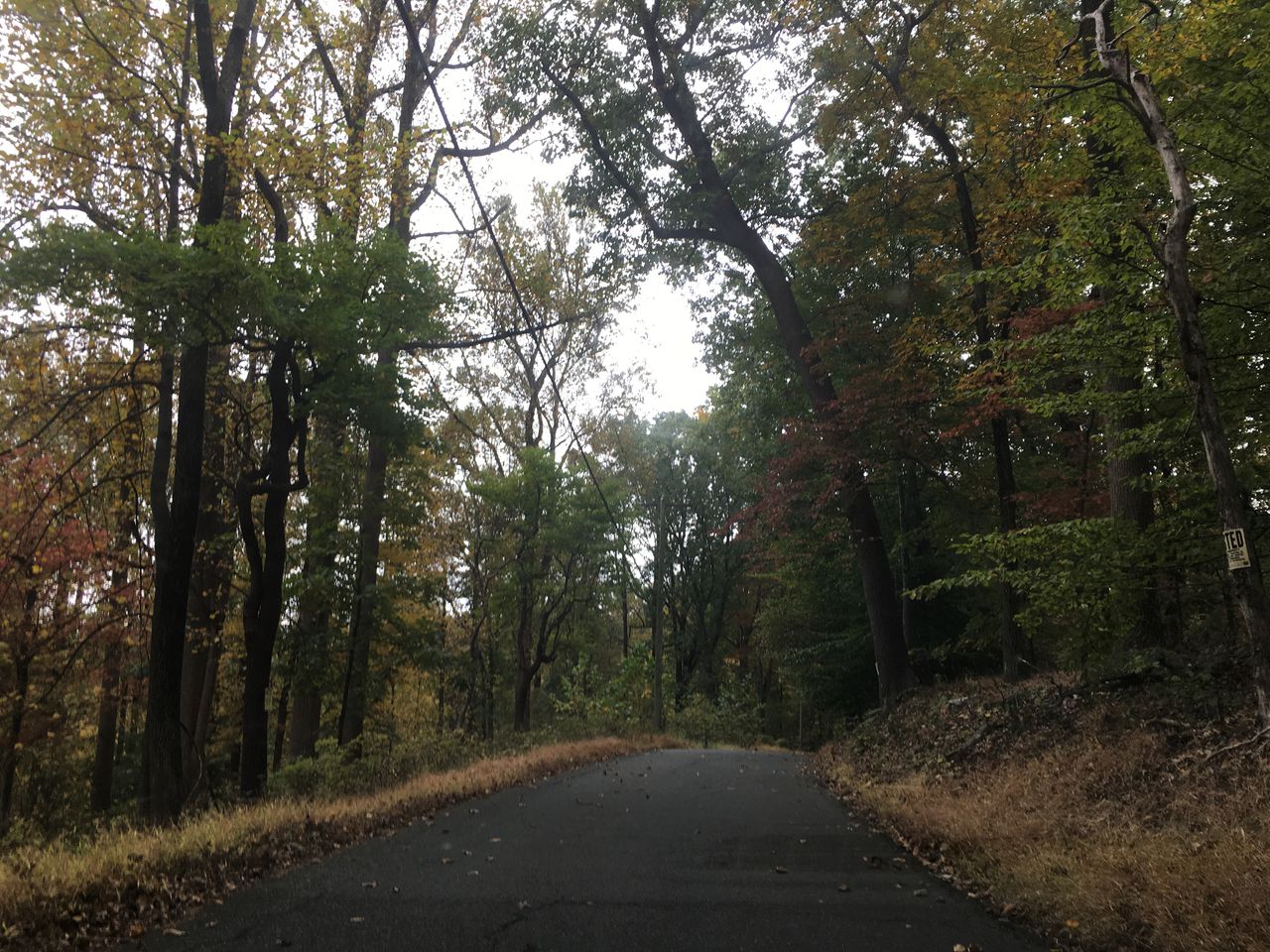Amanda Walker: Silhouettes in Dixon Mills
This is an opinion column
I drove by Fannie’s old house last week. I don’t know what even made me take the long way home that way from Thomasville, but I did. I haven’t driven that direction in years, and for years…it used to be my way home.
Granny lived on Clayhill Road, and I guess it is her absence that has kept me away so long. But time has a way of distancing us from sadness enough to remember the joy.
The hillside where she lived was central to my life when I was young. It is where my mother grew up. It is where she and my father lived when they were first married. It is where were lived when I was born.
It is where we are gathered. It’s where we had Sunday dinner, every Sunday. It is where the family would celebrate Christmas. It is where we would celebrate birthdays. It is where…we would celebrate.
I was still very young when we moved to Sandflat, which was only about 15 miles away, so we were still in and out there every week, but in my young mind I thought there was always a celebration going on at Granny’s house. The lights were always on. The whole hillside would be lit, and cars would be lining the driveway.
My dad’s family lived through the woods, across Highway 43. A dirt road connected from his house to directly in front Granny’s. That’s how they met he always said. Said he drove by and she was out in the front yard washing the family sedan for Sunday school the next day.
Both sides of my family are from that one community. They settled in the area around the same time Alabama became a state. All the names in the cemetery on the left are all familiar. Growing up I loved to hear my dad tell stories about our old family on “the old place.” Some of the stories were the same stories they told him. He could tell them so descriptive I would feel as if I had been in the very room with them – huddled around the fireplace, cracking pecans, listening to the Grand Ole Opry on the radio.
The first cool spurts of fall tend to take me back. Maybe that is what prompted my decision to go that way.
Fannie lived down the road from Granny. I’m not sure the divide between Clayhill and Dixon Mills. I take that it is somewhere between Ms. Ezell’s old place and Roosevelt’s house. It’s hardly more than a mile. It’s not marked. But Fannie lived in Dixon Mills.
There was Mama and Granny, and then there was Fannie. Mama would take me to Fannie’s house before she would go to work. She was a Black woman who said she was Indian. Her mother was Creek Indian. She lived diagonally across from Fannie and Pat, in a dogtrot house.
The dogtrot isn’t there anymore. But Fannnie’s house is, and in the glow of the pole light I could see the silhouette of a man on the porch. He was leaned back against the house in a metal lawn chair like Pat used to do. I drove by slowly. The tree in the side yard is gone. The bank out front doesn’t seem as steep as it used to be. The man on the porch lifted his hand – the way we wave around here.
If had been the middle of the day or earlier in the afternoon, maybe I would have stopped and explained. But I don’t know what for. If I walk around the house and through their old garden…I still won’t find her. The brush with her memory was visit enough
Amanda Walker is a columnist and contributor with AL.com, The Birmingham News, Selma Times Journal, Thomasville Times, West Alabama Watchman, and Alabama Gazette. Contact her at [email protected] or at https://www.facebook.com/AmandaWalker.Columnist.
